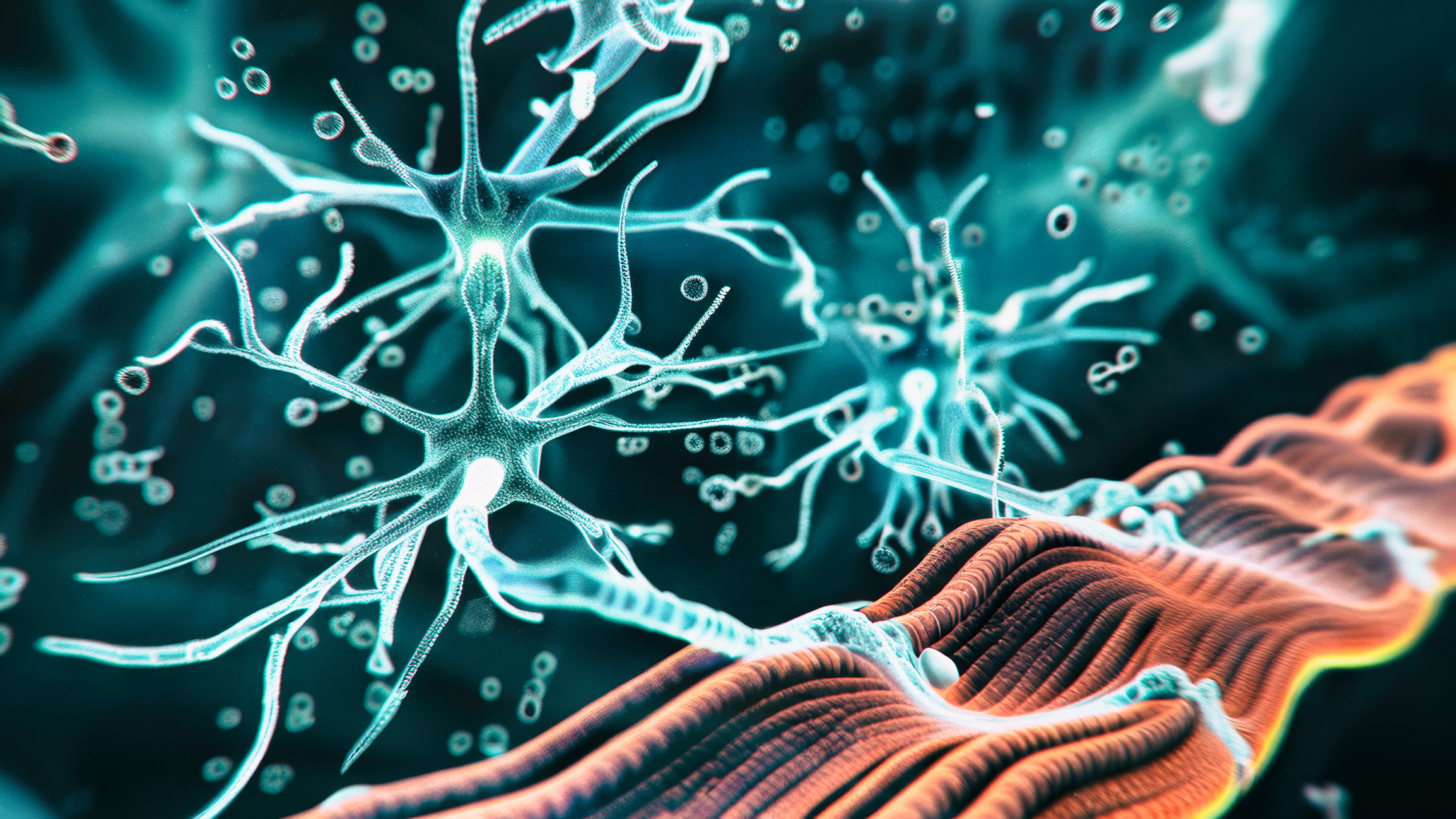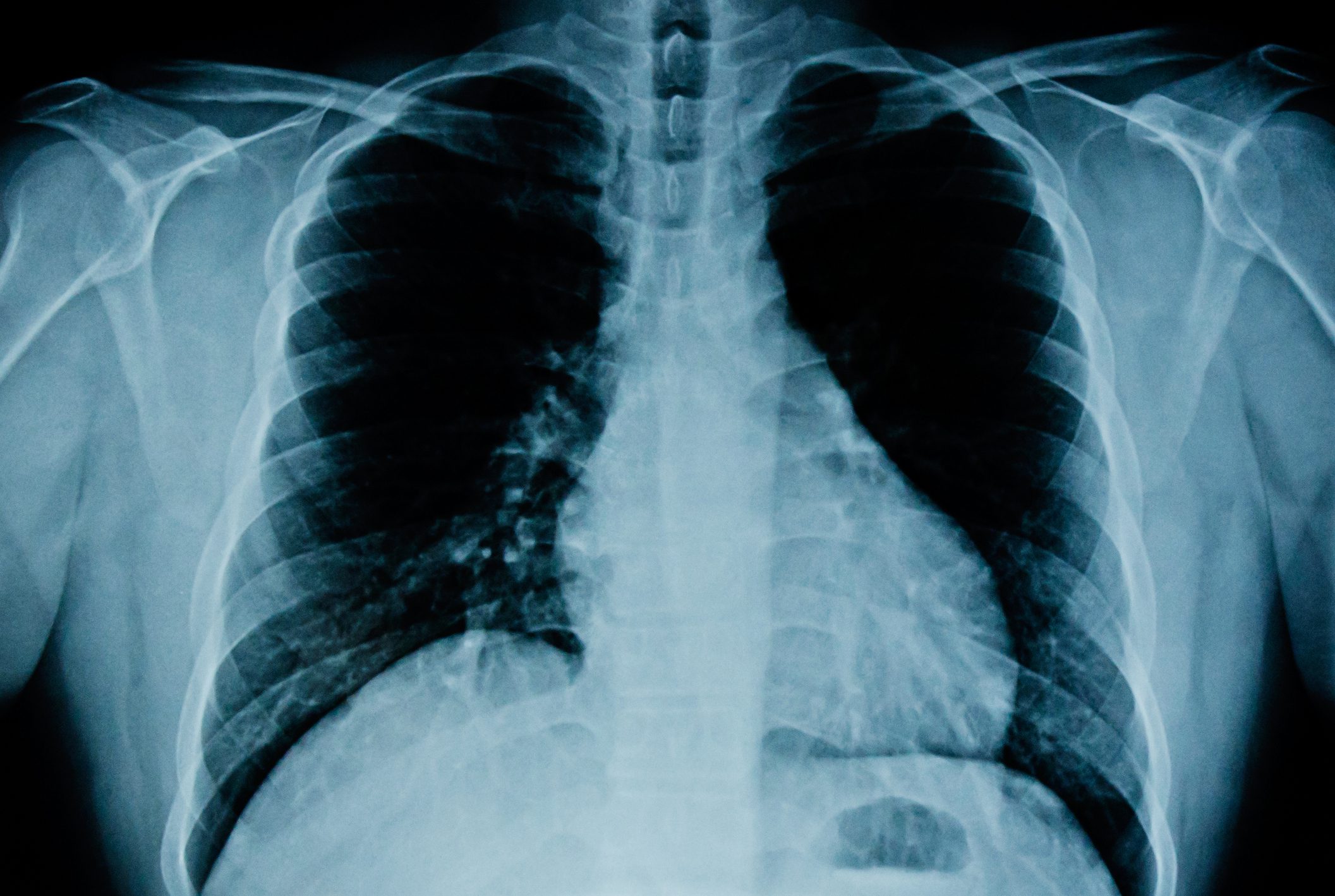Gender-specific assessment and therapy concepts are becoming increasingly important. This is because gender has a significant influence on (patho)physiology. Therapy management should also be adapted accordingly.
The new findings have led to an intensified effort to curb the traditional underrepresentation of female patients in (pre)clinical research. “There has to be more than the “bikini reflex” that reduces women primarily to breasts and reproductive organs,” Meyer cautioned. Especially in the field of cardiology, gender medicine goes far beyond the CHA2DS2-VASc score. Chronic coronary syndrome, for example, encompasses the entire pathophysiology-from initial plaque formation to nonobstructive and obstructive coronary atheromatosis to acute atherothrombotic complications (acute coronary syndrome). “This long-standing process can be modified by lifestyle changes, pharmacological and interventional therapies, although even the European Society of Cardiology guidelines published in 2019 only address the “sex” factor in a brief subchapter,” the expert said. This is likely due in part to an evidence gap, as women make up less than one-third of participants in cardiovascular studies (recruitment bias), despite the fact that overall cardiovascular mortality in Europe is higher in women than in men. In addition, women also have less favorable long-term outcomes after diagnosed coronary artery disease, myocardial infarction, or coronary revascularization via AC bypass surgery. “So there are good reasons to adapt the study-based algorithms of the guidelines to gender-specific idiosyncrasies in everyday life,” Meyer opined.
Woman or man: pathophysiology of coronary artery disease.
At diagnosis of chronic coronary syndrome, women are 7-10 years older than men because the incidence in women increases sharply after menopause. Experimentally, endogenous estrogens have been shown to exhibit protective vascular effects. These have vasodilating, antiproliferative, antithrombotic, anti-inflammatory and lipid-lowering effects, among others. If they fall away after menopause, risk factors (arterial hypertension, dyslipidemia, obesity) increase exponentially. The risk of inflammatory autoimmune diseases such as rheumatoid arthritis, systemic lupus erythematosus also increases. “In the vessel wall, this causes chronic inflammation, formation of subclinical atherosclerotic plaques and positive remodeling, and concomitant impaired vasomotor function, especially of the microcirculation,” the expert explained. Only in the further course of the disease does the pathophysiology become similar to that of men. Thus, sex-specific differences in coronary artery disease are well established pathophysiologically. Menopause is a particularly vulnerable phase from a cardiovascular point of view and requires increased attention for timely detection of risk factors.
Also keep an eye on the risk factors
There are also gender-related differences with regard to risk factors. For example, arterial hypertension is the domain of men before the age of 50 . Thereafter, it occurs more frequently in women. More than one-third of 60-year-old women have arterial hypertension. “Diagnosis can be difficult because symptoms overlap with menopause-associated symptoms and women often have more variable blood pressure readings,” the speaker reported. There are also no gender-specific recommendations on drug therapy or target values. However, drugs have less therapeutic breadth in women than in men and cause more side effects. In everyday life, therefore, cautious dose titration or combining several active ingredients in lower doses can be helpful. Calcium antagonists exhibit a greater antihypertensive effect in women than in men. “In osteoporosis, diuretics such as indapamide may be preferred, as this reduces calcium excretion,” Meyer recommended. Good antihypertensive treatment may be able to reduce the incidence of heart failure due to diastolic dysfunction (HFpEF) commonly seen in older women.
The risk of cardiovascular events increases twice as much in women with the presence of diabetes mellitus or nicotine use compared with men. This may be related to the fact that the pattern of diffuse atherosclerosis, especially of small vessels, with consequent microvascular dysfunction is exacerbated by diabetes. Women are also less likely to be referred to cardiac rehabilitation programs, which may have psychosocial backgrounds or may be an expression of reactive depression. Also, the female gender usually underestimates their risk of cardiovascular disease and therefore do not take preventive measures very seriously.
“Rarely considered, moreover, are early indications of vascular dysfunction during pregnancy (preeclampsia, gestational diabetes, preterm birth, miscarriage), estrogen deficiency because of premature menopause or polycystic ovary syndrome, and autoimmune diseases with known proinflammatory effects on the arteries, which are more common in women,” Meyer cautioned. “All of these factors favor coronary atherogenesis.” Oncologic treatment for breast carcinoma also increases cardiovascular risk, especially with (extensive) radiation to the left breast.
Gender-adapted CHD diagnostics.
Thoracic complaints, even if they appear nonspecific or are associated with numerous concomitant symptoms (dyspnea, palpitations, fatigue, etc.), should raise suspicion for the presence of symptomatic chronic coronary syndrome. As the expert explained, the traditional distinction between “typical” and “atypical” chest pain is unlikely to discriminate against the presence of coronary artery disease in women. Non-ischemic ECG changes are more common in women than in men. Therefore, the sensitivity of the widely used ergometry is (still) lower in women than in men and should only be used to exclude CHD in physically fit patients with normal resting ECG.
On the trail of acute coronary syndrome
The diagnosis of acute coronary syndrome (ACS), despite thoracic pain as a leading symptom, can be complicated in women not only because they seek help later than men. They also develop more diverse (accompanying) symptoms. Since troponin values are lower, gender-specific thresholds would have to be considered. In the acute treatment of ACS, both sexes benefit equally from PCI or AC bypass surgery. However, long-term mortality is higher in women even after accounting for comorbidities.
Sensitive handling of female clinical pictures
Currently, conventional risk stratification and current diagnostic and therapeutic guidelines on chronic and acute coronary syndromes are based on the “male” phenotype of focal obstructive coronary atheromatosis. Gender differences in diagnostics and therapy and typical “female” cardiac disease patterns such as microvascular dysfunction, coronary dissections, tactotsubo cardiomyopathy, or HFpEF are much less well studied. “However, the consideration of “sex” and “gender” in everyday clinical practice and a corresponding sensitization in diagnostics and therapy is well justified and will do better justice to a personalized medical treatment of cardiovascular diseases in both women and men” Meyer summarized.
Source: “Women’s and men’s hearts break differently: gender-specific medicine in everyday cardiology”, lecture at the 59th Medical Congress LUNGE ZÜRICH in Davos, February 6-8, 2020.
CARDIOVASC 2020; 19(1): 24-25 (published 3/22/20, ahead of print).












